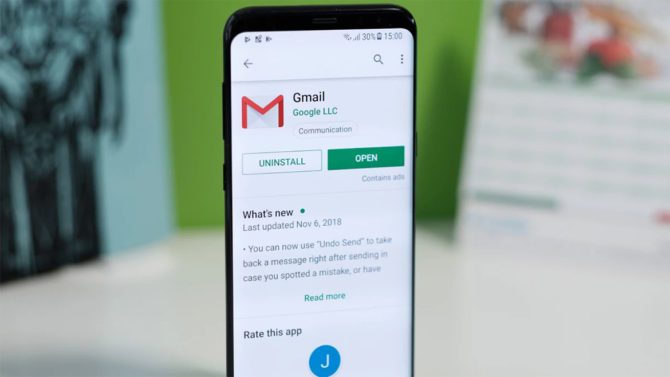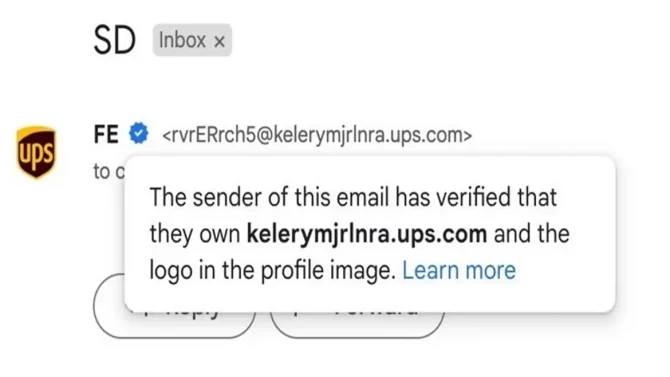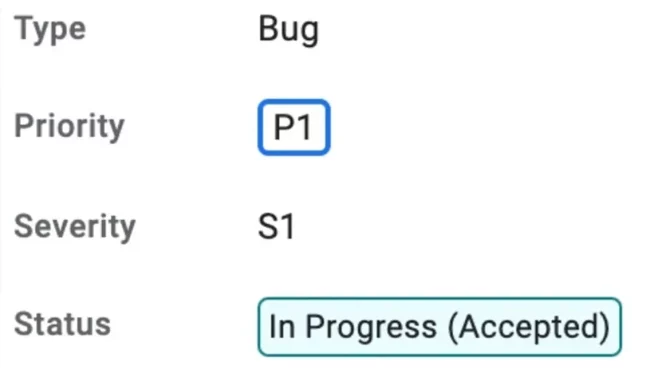
Attention! This urgent message must be read by all 1.8 billion active Gmail users to prevent falling victim to fraudulent activities.
Irrespective of your usage of Gmail, whether through Google’s email application or website, a notification from cybersecurity expert Chris Plummer (as reported by Forbes) should serve as a wake-up call and alert. The predicament commences with a newly introduced verification system by Google. Intended to authenticate emails purportedly sent by legitimate corporations and organizations, the presence of a blue checkmark in your Gmail inbox was meant to signify the safety of opening such correspondence, alleviating concerns of falling prey to scams, spam, or hacking attempts.
Regrettably, due to a glitch, scammers are now able to manipulate Gmail into verifying their counterfeit emails, leading to the appearance of a blue checkmark.
The aforementioned Plummer discovered a method through which malicious individuals could have a blue checkmark validate their deceitful Gmail messages. Plummer promptly reported this issue to Google after coming across a scammer sending a verified email while posing as UPS, even incorporating the iconic UPS shield icon. Google initially rejected Plummer’s report, claiming that the bug would not be rectified as it was an intended behavior. As Plummer questions in his tweet, How can a scammer convincingly impersonate @UPS in such a manner if it is indeed ‘intended’?
However, Google swiftly reversed its stance and responded to Plummer with the following statement: Upon closer examination, we have realized that this does not appear to be a generic SPF vulnerability. Therefore, we are reopening this matter, and the relevant team is conducting a thorough investigation. We sincerely apologize for the confusion caused, acknowledging that our initial response may have been frustrating. We greatly appreciate your persistence in urging us to scrutinize this matter closely! We will keep you informed of our assessment and the steps taken to address this issue. Regards, Google Security Team.

Google has now classified this flaw as a P1 priority, signifying that it requires immediate attention. However, until the issue is resolved, Gmail users must remain vigilant, particularly when encountering verified Gmail messages that are not from the companies they purport to represent. As always, refrain from clicking any links and, most importantly, abstain from divulging sensitive information such as social security numbers, credit card numbers, expiry dates, and security codes.
Rectifying this Gmail bug has become Google’s utmost priority (P1) – a matter of utmost urgency. All 1.8 billion active Gmail users must take heed of this warning to avoid falling prey to financial scams.
If you receive an ostensibly crucial email in your Gmail inbox and it bears a verified blue checkmark, contact the company using a telephone number obtained through Google’s reliable sources. Avoid using any phone number provided in the email itself. Given the current high-priority status assigned by Google, let us hope that this bug is eradicated before anyone falls victim to fraudulent activities. However, considering the sheer number of active Gmail users surpassing 1.8 billion this year, it is unfortunately likely that some individuals may suffer financial losses due to this scam.
Let us now examine how malicious individuals can exploit this bug to drain your bank account.
Consider the following scenario: You receive an email supposedly from UPS, marked with a blue checkmark, indicating that you are on the verge of receiving a package. The email may request certain personal information to verify your identity. With the checkmark reassuring you, you acquiesce and disclose your birthdate, social security number, and bank account and/or credit card details, believing that this is necessary for the delivery. One can easily fathom the extent of damage that an individual with malicious intent can inflict upon obtaining such sensitive information.

In contemporary times, most reputable companies refrain from sending texts or emails containing links. Moreover, they typically refrain from soliciting any of the aforementioned information. Even when Google successfully eradicates this bug, it is vital to understand that a blue checkmark does not grant unrestricted permission to divulge personal information that could potentially jeopardize your hard-earned funds. The swiftness with which scammers can exploit your personal data, resulting in maxed-out credit cards, emptied bank accounts, unauthorized access to your wireless services, and account lockouts, is truly staggering.
The most prudent course of action is to maintain a highly cautious approach and remain alert, regardless of the presence or absence of a blue checkmark!





